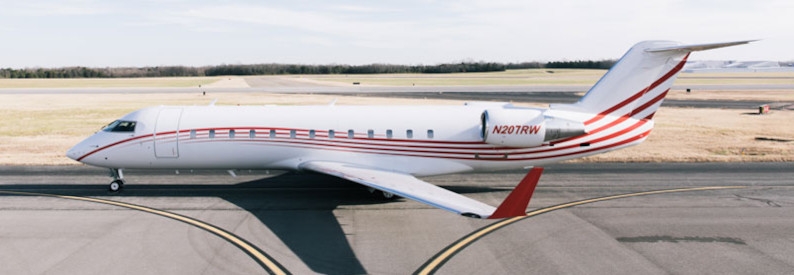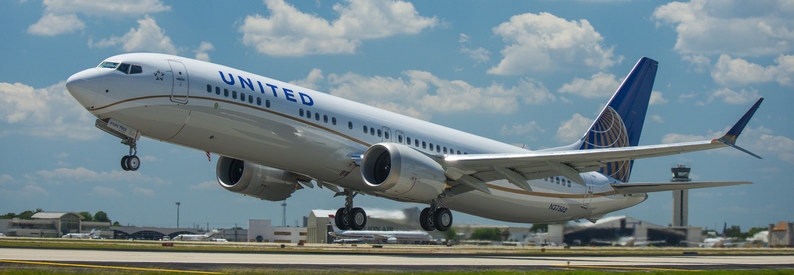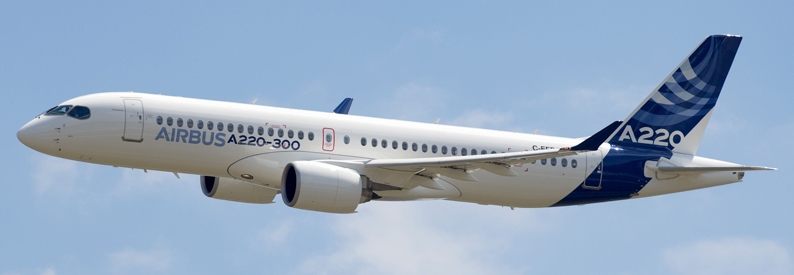JetBlue Airways (B6, New York JFK) has accelerated the planned retirement of all of its E190s to mid-2025, at least 1.5 years earlier than previously expected, to lower its cost base.
"We announced a further acceleration of our E190 retirement, pulling it forward by over a year to mid-2025 and as we further optimise our fleet planning and maintenance spend. As part of this acceleration, we've already parked three E190 aircraft and plan to park an additional nine for a total of twelve E190 exits this year. We expect to save at least USD75 million in maintenance expense through 2024 and will benefit from reallocating flying to much more CASM-efficient A220-300s, which have 30% lower direct operating costs and 35% better fuel efficiency," Chief Financial Officer Ursula Hurley said during the carrier's quarterly earnings call.
The ch-aviation fleets module shows that JetBlue currently operates fifty-five active E190s with a further five parked. Half of the aircraft are owned by the airline while the other 30 are leased from GECAS. The jets are 13.8 years old on average and were previously scheduled to be phased-out by the end of 2026, although a year ago, JetBlue hinted that the owned E190s would continue operating even longer.
The airline is under financial pressure as it has yet to record a post-COVID quarterly profit. Even as its rivals - American Airlines, Delta Air Lines, United Airlines, and Southwest Airlines - all posted net profits for the second quarter of 2022, JetBlue recorded a USD188 million net loss.
"The structural cost program and the accelerated E190 retirements will drive approximately USD250 million of cost savings through 2024, with USD150 million to USD200 million of that, representing a permanent run rate cost reduction," Hurley explained.
The carrier has 100 A220-300s on order from Airbus (AIB, Toulouse Blagnac), of which 12 have been delivered so far.






